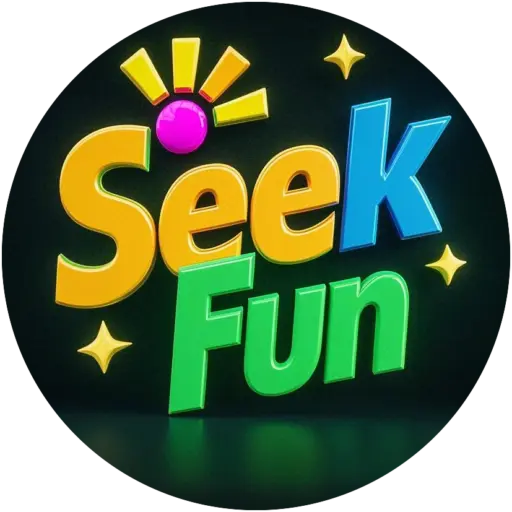We all learn a lot from reading science fiction books—not just the cool ideas, but also the fascinating thought experiments. But college professors often reach for classic science fiction when they’re planning classes on literature, society or philosophy. Here are 11 science fiction books that are often taught in college.
1) The Handmaid’s Tale

A dystopian feminist novel by Canadian author Margaret Atwood, The Handmaid’s Tale establishes a disturbing near-future scenario in which a totalitarian theocracy has overthrown the United States government. Environmental factors and sexually transmitted diseases have rendered most of the population infertile, and the few women still able to reproduce are forced to become “handmaids” who serve powerful men and bear their children. The theocratic state, known as the Republic of Gilead, has literally codified women’s roles and gender relations.
Dealing head-on with subjugation and agency as they relate to women’s bodies and reproductive (and other) rights, the book remains both culturally relevant and artistically ambitious. As such, it’s a common addition to English Literature syllabi (Mount Holyoke, Tulane University, University of Massachusetts) as well as to curricula in fields like religious studies (Amherst), political science (Rutgers University) and, unsurprisingly, women’s studies (Gettysburg College, Washington State University).
2) Slaughterhouse Five
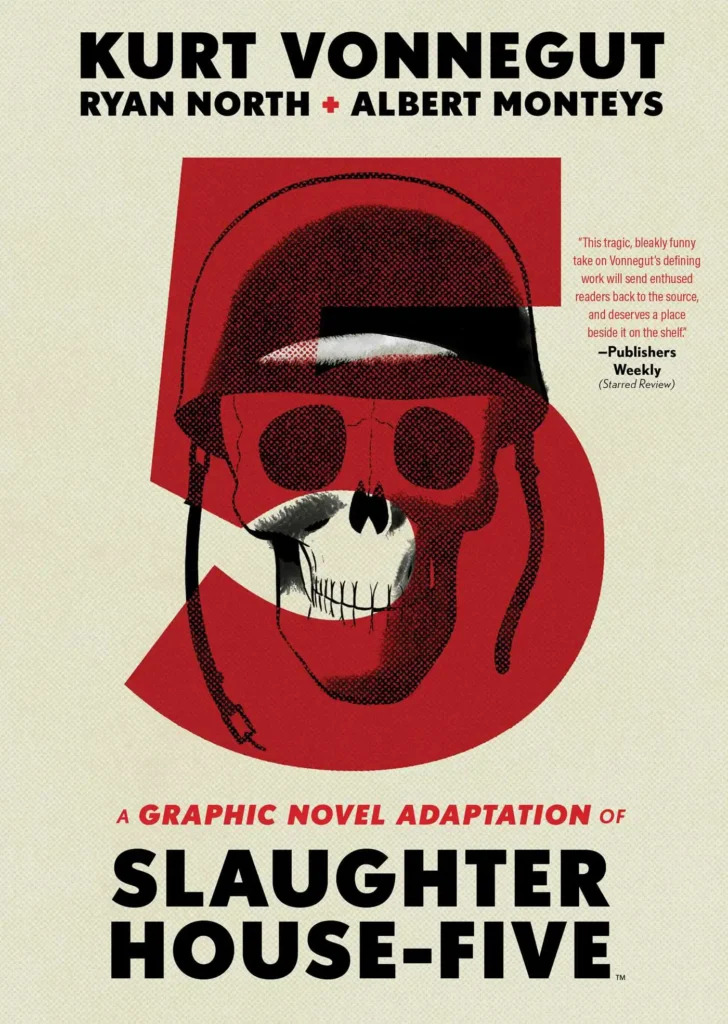
Kurt Vonnegut’s novel about Billy Pilgrim, a soldier who becomes “unstuck in time” after witnessing the 1945 bombing of Dresden, is a tragicomic masterpiece. It’s also one of science fiction’s most effective anti-war novels. Following the pitiful protagonist as he bounces from decade to decade, experiencing moments of his life out of sequence, including his own death and being kidnapped by the alien Tralfamadorians, it rejects narrative conventions. Simulating the perspective of the aliens—who can see in four dimensions and for whom time is not linear—the episodes of Pilgrim’s life are presented in muddled and fragmented fashion, as if to suggest that there is no straightforward historical framework that can properly explain, contextualize or contain the horrific events of World War II. The book’s bitter satire is combined with a deeply philosophical approach as Vonnegut contemplates life, fate and free will from the point of view of someone who has witnessed some of the worst crimes of the 20th century.
Despite frequent efforts to ban it from school curricula, the book is a staple on high school reading lists. It also appears frequently in college-level English classes (University of Minnesota, Bucknell University, University of Connecticut, University of Massachusetts, Stanford University) as well as the occasional philosophy course (Duke University, University of Maryland).
3) Lilith’s Brood

Octavia Butler’s Lilith’s Brood, previously published as Xenogenesis, is a collection of three novels: Dawn, Adulthood Rites and Imago. Following human protagonist Lilith after she awakens on an alien ship only to discover that Earth has been ravaged by nuclear war and the survivors rescued/kidnapped by a race called the oankali, it’s one of the most frequently cited examples of science fiction storytelling that wrestles intelligently with issues of race and gender. It turns out that the oankali are gene traders who travel the universe looking for other advanced species to breed with, thus improving both their own genetic code as well as that of the other species. The reproductive process is complicated by the fact that the oankali have three sexes—male, female and ooloi, all of which are necessary for reproduction.
This high concept is fertile ground for nuanced consideration of topics ranging from colonialism and slavery to gender identity and reproductive control. Throughout, Butler remains preoccupied with cultural hierarchies and power relations, crafting the relationships between Lilith (who is a black woman), her fellow humans, and the oankali with a clear eye to critiquing contemporary social inequalities. As a result, Lilith’s Brood has long been a staple not only of fiction and writing courses (University of Connecticut, University of Florida, Duke) but also of anthropology (MIT), philosophy (Michigan State University), gender studies (Brown University) and other cross-disciplinary classes.
4) Watchmen
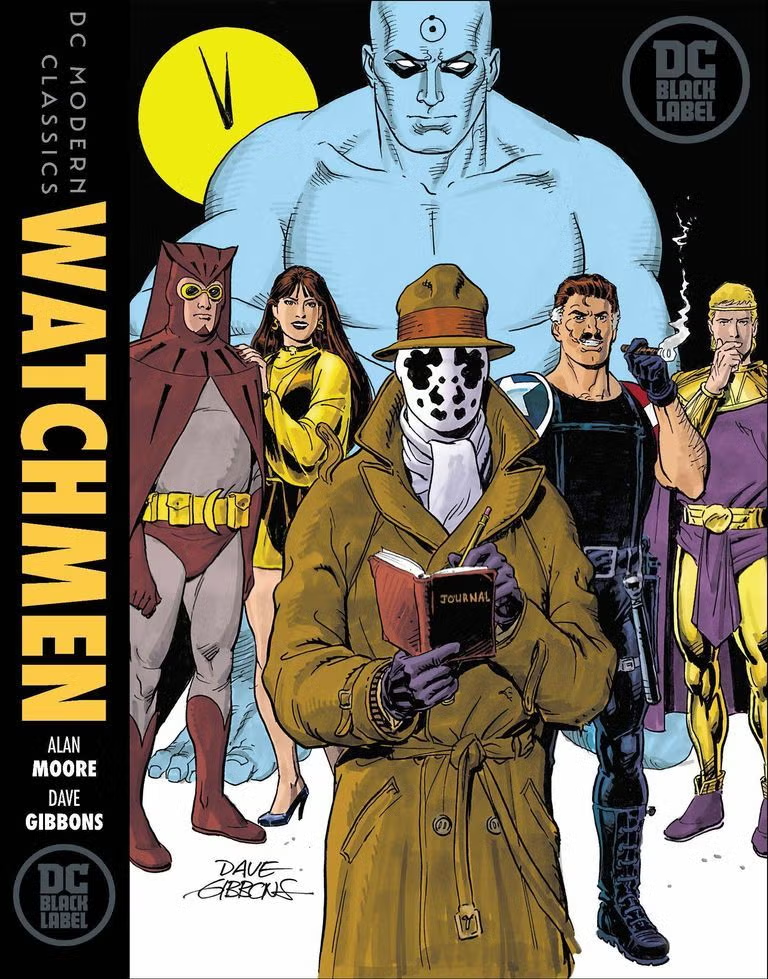
The comic book that, along with a handful of others, played a key role in bestowing respectability upon the medium, Alan Moore and Dave Gibbons’ brutal and subversive deconstruction of the superhero genre isn’t likely to exit college classrooms any time soon. Joss Whedon once said that Watchmen is “proof of everything a comic could do, but also an affirmation of everything comics had done.” This basically means that if you want to teach students to look past preconceived notions of comics as a disposable medium and demonstrate their enormous creative potential, Watchmen is probably your go-to case study. Its story can be read as a meta-history of superhero comics that also manages to function as a clever dissection of the genre’s tropes and a spectacularly successful example of how to deploy them. It also happens to be a cracking murder mystery.
But where the book really shines is in its demonstration of craft. Moore and Gibbons set out to design a book that showcases the medium’s technical capabilities, techniques that other forms of media simply cannot duplicate. As a result, no scholarly survey of comics could possibly exclude it. This technical excellence combined with its obvious literary merit has led to its inclusion on dozens of college syllabi at institutions in America (University of Pennsylvania, Harvard, UCLA, University of Maryland, University of Nebraska) and abroad (University of Cambridge, Calcutta’s Jadavpur University). Its academic half-life is further extended by the reams of scholarly writing devoted to it from the point of view of pretty much every non-STEM discipline imaginable.
5) Brave New World
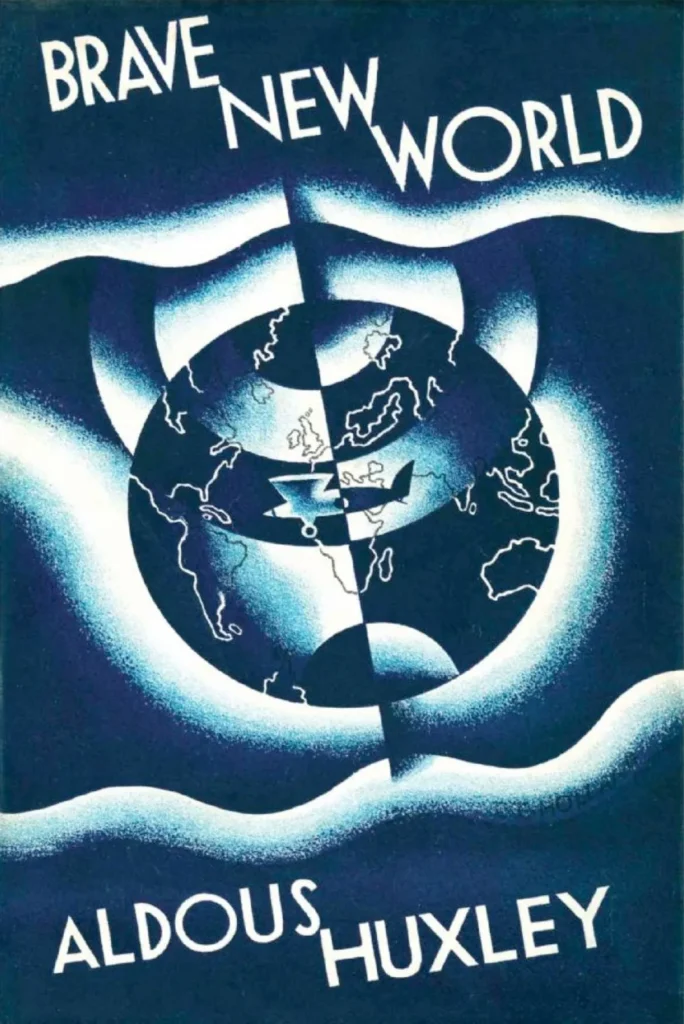
Every bit as prescient as George Orwell’s oft-cited dystopia in 1984, Aldous Huxley’s ruthless fable is set in AD 2540 (referred to as the 7th century After Ford) in a global society administered by ten World Controllers. Natural reproduction has been abolished and human beings are bred in hatcheries. Education incorporates the use of subconscious messaging. Society has become caste-based while individual initiative and critical thinking are strongly discouraged. And yet peace and prosperity appear to reign. Brave New World is the yin to 1984’s yang, positing that the soft control exercised over pliant populations by capitalist-consumerist systems is ultimately just as nefarious and effective (if not more so) as the frightening totalitarian bully tactics employed by the state in Orwell’s book.
Originally envisioned as a parodic counter-argument to the optimism of H.G. Wells’ early science fiction (specifically Men Like Gods), it evolved into a scathing indictment of mass industrialization, globalization, capitalism and the distinctively American brand of consumerism starting to make its presence felt in 1930s England. As such, the book’s social critique is even more relevant today than it was then, cementing its place in English classes at both the high school and college levels. Numerous AP courses include the book on their reading lists along with just as many college English classes (Boston University, City University of New York, New York University, Georgetown University). Its multidisciplinary relevance also has it popping up in—among others—bio-ethics courses (Harvard University), political science classes (University of Illinois) and even a syllabus in Amherst College’s Law, Jurisprudence and Social Thought program.
6) A Princess of Mars
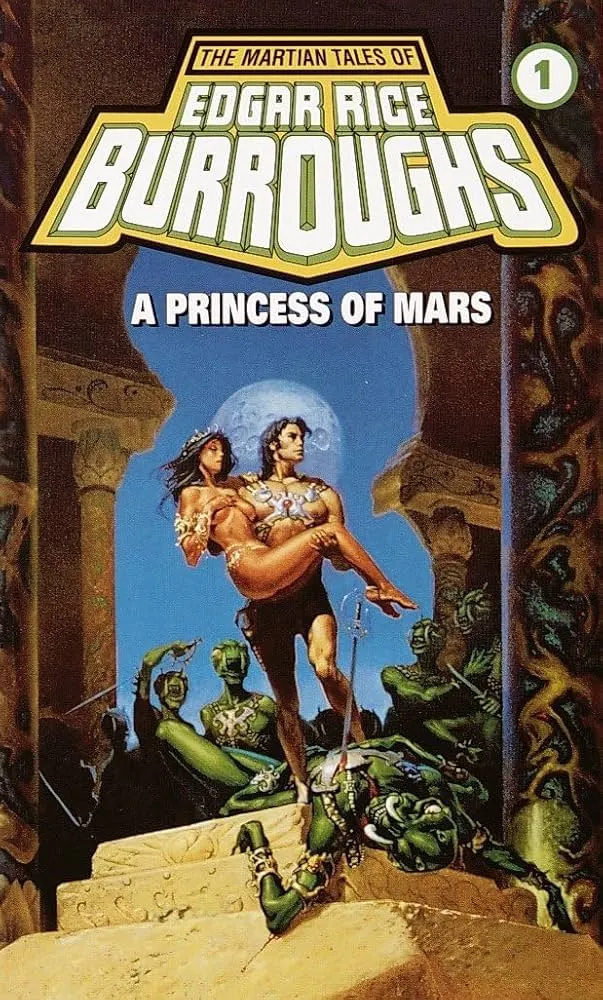
Considered a classic of early 20th-century pulp fiction, Edgar Rice Burroughs’ great novel is taught in writing courses at MIT and often found in an early 20th-century fiction class at Marlboro College in Vermont.
A Princess of Mars is a high-fantasy classic about a Civil War soldier mysteriously teleported to Mars simply by staring intensely at it. Imbued with superhuman strength due to the planet’s lesser gravity, Carter romances a princess and topples an empire in a story told as a factual account, handed down through the years but left unpublished until present-day 1917. Originally sold as a serial, the novel’s influence on the genre is so staggering its canonization was all but inevitable. Unfortunately, modern readers often find the book’s concepts and set pieces too commonplace in the 21st Century, and the recent movie adaptation from Brad Bird was for the most part either derided or ignored. This was not the outcome Burroughs anticipated. He feared readers would find the book preposterous and wrote under the pen name “Normal Bean.”
7) Do Androids Dream of Electric Sheep?
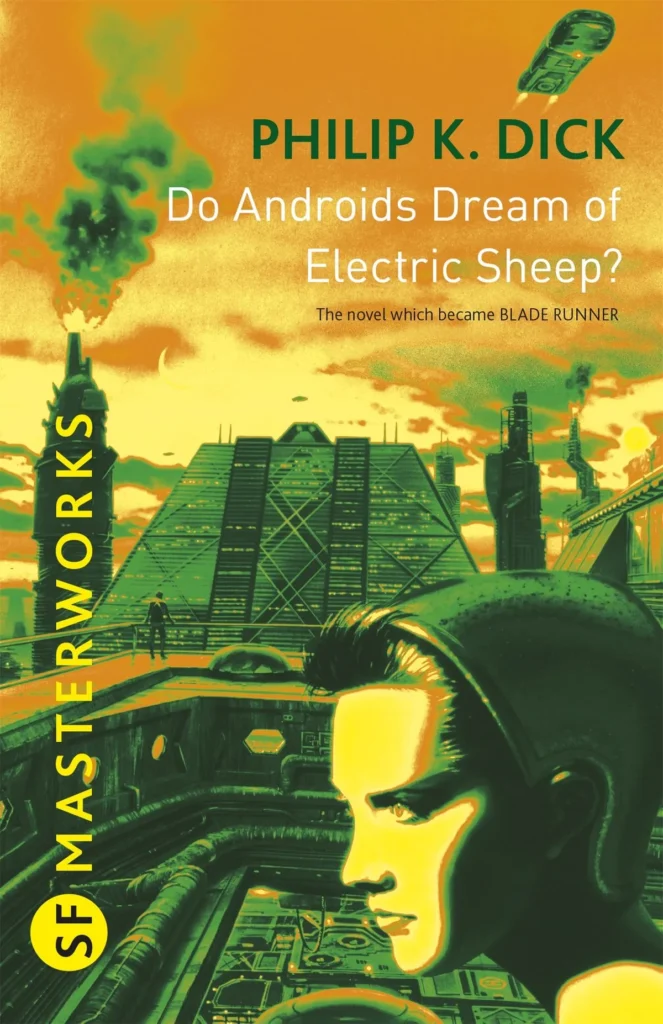
Dick’s post-apocalyptic novel explores the essence of humanity, and is taught in courses on biotechnology at Rensselaer Polytechnic Institute and even ecology at the University of Wisconsin. Famously adapted into the Ridley Scott film, Blade Runner, the novel by Philip K. Dick is far stranger than its counterpart.
Bounty hunter Rick Deckard chases escaped androids in a quest to purchase the ultimate status symbol—namely, a giraffe. The novel explores the arbitrary values we assign natural and synthetic lives, be they androids, human beings, or Deckard’s electric sheep of the title (the original died of tetanus) and is ripe for analysis—and thus many a freshman 10-page paper.
8) Frankenstein
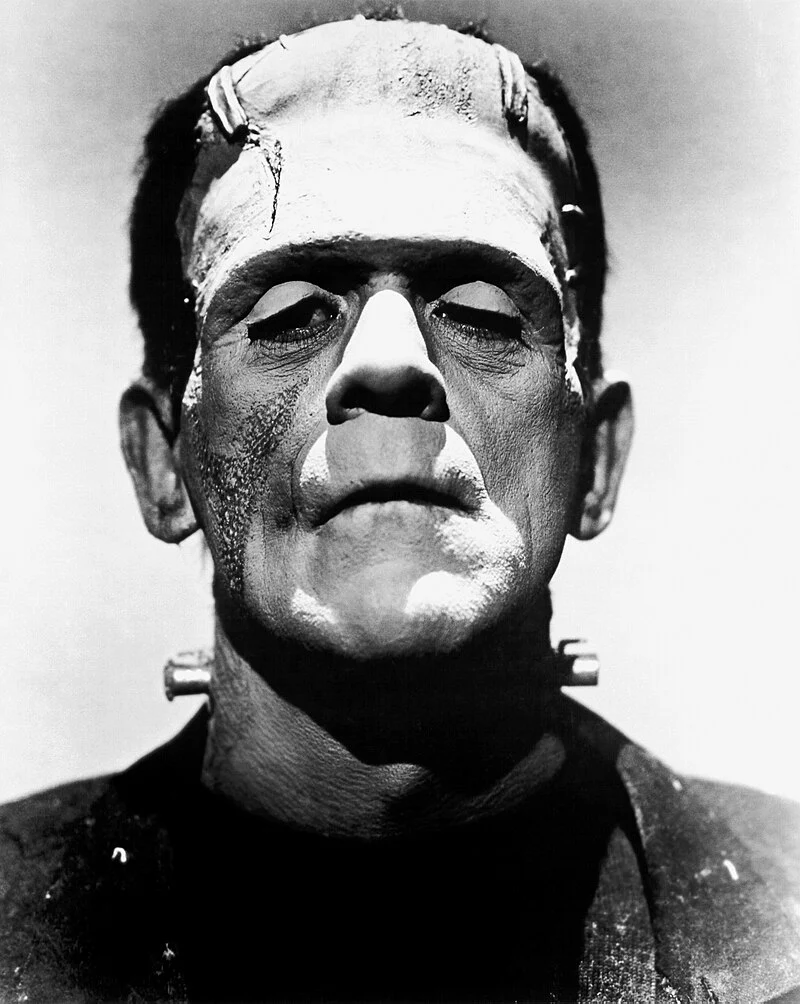
Mary Shelley’s classic has become a staple of gothic and romantic literature, and is found in many an Intro to Literature course alongside Jane Eyre, or Jude the Obscure. The epistolary novel shares the correspondence of a sea captain with his sister, and describes the tragic story of scientist Victor Frankenstein and his patchwork Creature. Shelley’s tale of scientific overreach and the nature of monsters and humanity is often considered the first true science fiction story, but its inclusion in the collegiate canon is based on its lyrical exploration of the immorality of creating life in a world of hurt and evil.
9) Dhalgren
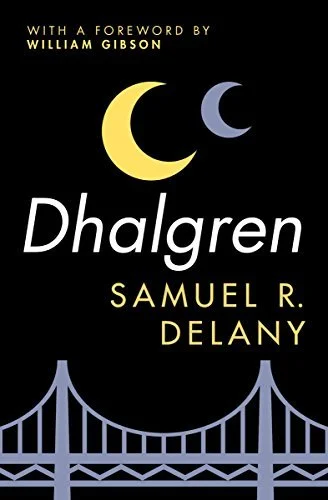
Featured in courses on race politics at St. John’s University and modern literary theory at the University of Washington, Samuel Delany’s novel about the extra-dimensional city Bellona begins with a man having sex with a tree and ends mid-sentence. Dhalgren explores what happens to human relationships when physics and reality are things of distant memory, and you never really know where you are. The work has inspired a stage play and an online text game, as well as countless discussions of its Mobius strip-like plot.
10) 1984
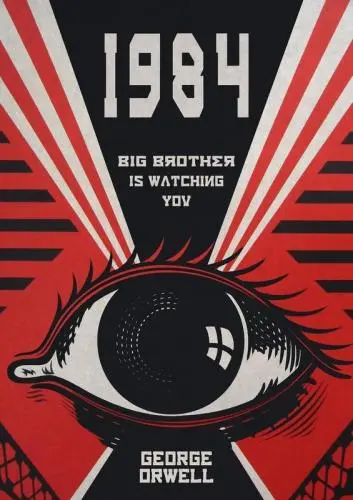
Perhaps the one scifi book you can reliably count on reading in an any English literature class is George Orwell’s novel of a dystopia ruled by the mysterious godhead known as Big Brother. Common terms like “thought crime”, “doublespeak” and “memory hole” originated in 1984, and we now describe anything that negatively impacts free society as “Orwellian.” The rare combination of clear text, exciting plot and political message make the novel catnip to English teachers everywhere—plus, you can also finish it in an afternoon.
11) Neuromancer
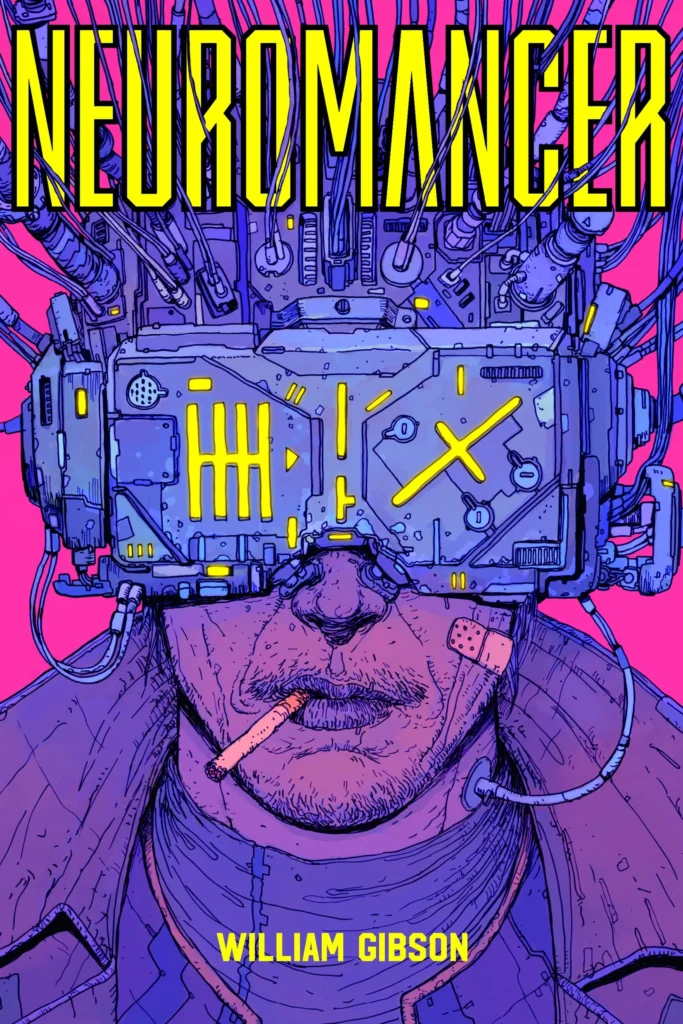
The quintessential “cyberpunk” novel, Gibson’s Neuromancer has been taught in classes on gender studies at Dartmouth and media at Duke, as well as every liberal arts college in the continental United States and most of Canada.
Speaking to the inevitability of post-humanity, Gibson’s novel unfolds very closely to a heist novel, except the heist is actually a hack. Washed-up Henry Case is hired to pull off a complicated hack, aided by “razorgirl” Molly Millions (named so for the retractable blades beneath her fingernails), a mercenary-cyborg-bodyguard with vision-enhanced mirrored lenses grafted to her eyes, giving the impression she’s wearing sunglasses.
Neuromancer suggests the line between AI and humanity has become nearly impossible to distinguish—a concept now so ubiquitous to popular culture that “meat thing” is the go-to slur from robots against humans. (Some—few?—may recall Tim Curry’s Kilokhan in Superhuman Samurai Syber-Squad providing the first instance of the phrase in a children’s show.)
Neuromancer is the one book you can reliably count on finding in the scifi section of every library, bookstore or cybercafé in the country, and I’ll bet it’s on your bookshelf too.
This article is republished from Gizmodo under a Creative Commons license. Read the original article.
